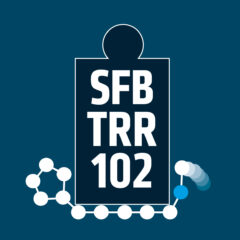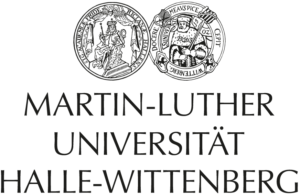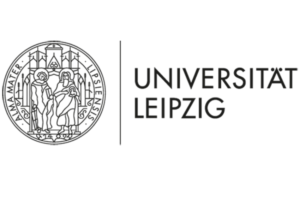Torsten John will give a summary of his PhD project Amyloid peptides near biologically relevant interfaces (project B01 of our SFB) and share his experiences from the Lindau Nobel Laureate meeting that he attended in summer.
online seminar: zoom
date: October 18, 15.00
Abstract
Peptide aggregation into β-sheet-rich oligomers and amyloid fibrils has been implicated in age-related diseases such as Alzheimer’s disease. However, peptide and protein aggregates have also been observed in functional forms, such as in spider webs. In our research, we investigated the mechanisms of self-assembly into amyloid fibrils when peptides are exposed to surfaces. Particular attention was paid to nanostructured interfaces due to their high surface-to-volume ratio and thus large total surface area.
Nanostructures are abundant in nature in the form of cell membranes and synthetic nanoparticles. Depending on a number of parameters such as surface coating, nanoparticle size, and peptide sequence, both accelerating and inhibiting effects on peptide aggregation into amyloid were observed. We used experimental methods in combination with molecular dynamics (MD) simulations to study the mechanism of peptide aggregation. The results on the role of functionalized surfaces and nanostructures of different sizes are presented. A model that accounts for the competition between peptide-surface attraction and the intrinsic peptide aggregation propensity is discussed.




